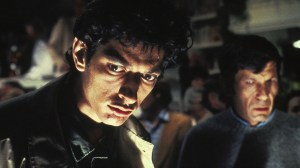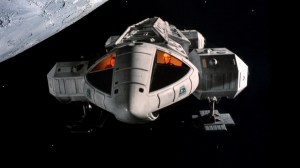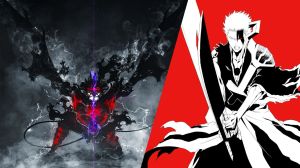Monday’s ComicBook NOW special went behind-the-scenes at WETA Digital to see how Robert Rodriguez and company brought Alita: Battle Angel‘s cyborgs to life.
Videos by ComicBook.com
ComicBook.com head down to New Zealand to get heads on with a motion capture suit, the same apparel which Rosa Salazar wore for her titular role in the upcoming Fox movie — complete with 53 markers tracked by infrared cameras to get the most fluid, realistic movements. The little dots, in fact, went right down to the fingers tip to accurately capture the slightest change in the body’s stance.
Once the suit is on, the markers are calibrated with eleven cameras. It’s a process actors such as Tom Holland and Andy Serkis have become known for, given their roles as Spider-Man and Gollum or Caesar, respectively. WETA Digital, after all, is the team which generated the groundbreaking looks of Avatar, on the heels of the Lord of the Rings movie, and before they created the incredible looks for Planet of the Apes.
Once the suit has been calibrated for the cameras, Alita: Battle Angel director Robert Rodriguez stepped in to walk us through a sequence in full motion capture gear. As the scene would go, an encounter with Grewishka (a villainous cyborg portrayed by Jackie Earle Hailey in the film) would come about, quickly being resolved with a few punches, a kick to the knees, and a flaming guitar to the head. Of course, there was no physical contact between actors, but merely a blue ball hoisted high above the ground as a focus point acting as the face of the over-sized Grewishka.
“He’s looking up there at the blue ball,” Rodriguez explained in a rehearsal. “We can just [line eye-line up] live. We look at it and go, ‘That’s not quite it, move it over a little more.”
Meanwhile, the only props were a foam sword and some orange tubing in the shape of a guitar’s outline — which could be dipped in a digitally flaming garbage can for full ignition.
The only major difference between this behind-the-scenes look and Salazar’s full attire on Alita’s set was a pair of cameras being mounted on her head to capture the expressions and emotion. “It captures, with two cameras, for getting depth as well as every facial expression,” Rodriguez said. “We got everything that Rosa did, on the day, connected to the body.” Salazar’s rig was the most advanced, filming in high-definition, unlike Serkis’ roles as Gollum which used a 640×480 camera.
The motion capture aspect of Alita: Battle Angel also allowed Rodriguez’s cast an opportunity to operate more freely and continuously. The production allowed the actors to perform sequences in longer forms than they would have elsewhere. “We could do a whole scene,” Rodriguez explained. “The whole underwater ship. She walked all the way through, just walked up.” Rodriguez does admit, he was quite pleasantly surprised by how limitless the WETA Digital team made things.
For a full behind-the-scenes look at Alita: Battle Angel‘s making and the operations at WETA Digital, watch the ComicBook NOW special in the video above!
Alita: Battle Angel hits theaters on February 14.








